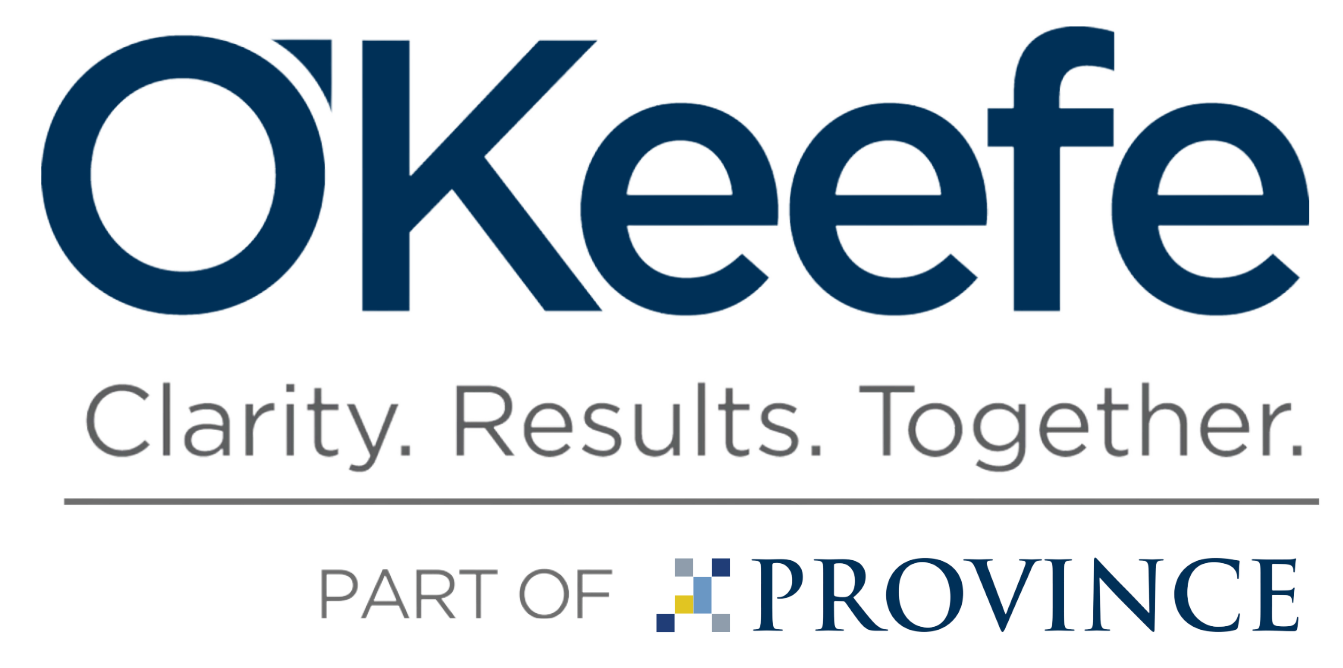A Balancing Act: How brand mash-ups make delicious innovations — and profits
As published by Keith Loria, fooddive.com
Dunkin’ Donuts has coffee-flavored Pop-Tarts. Kraft-Heinz recently launched Velveeta frozen snacks. Kellogg’s offered Special K Crustless Quiche last year.
The most popular and buzz-worthy mash-ups of the recent past seem to be food-related. Brands are continually looking to cross aisles in the grocery store in order to cross-sell to an audience they may not have yet reached—and a brand mash-up is a smart way to do that.
“The last few years have brought us countless culinary crossovers, including the Cronut, Nacho Cheese Doritos taco shells, ramen burgers … the list goes on, and 2017 will see no shortage,” Jody Sunna, executive vice president at Havas PR, told Food Dive in an email. Sunna oversees the healthy and indulgent food brands categories. “Looking at new product launches, manufacturers are crossing between their different brands to create new mash-ups.”
Sunna noted that Dunkin’ Donuts has made other attempts to reach the breakfast foods aisle with its signature coffee blend sold for home brewing and K-cups. Its tie-in with Pop-Tarts, an already established breakfast brand, makes a lot of sense.
“In the case of the Kraft Heinz mash-up, we see a partnership that makes great business sense. When the companies merged in 2015, it opened up the opportunity for this very thing — a merging of two popular brands that can then reach greater audiences by leveraging the popularity of the individual brands,” Sunna said.
Mike Deighan, managing director of grocery, retail and real estate expert O’Keefe, said the overriding factor in all of this is market share.
“Timeworn brands are losing their core customers because of an increase in the variety of healthier products being offered in the grocery food space,” he told Food Dive. “The major brands have these fantastic trade names and products that have been recognized globally by consumers. They have determined that it can be not only profitable to use those brands to enhance other product mixes, but it extends the brand loyalty and awareness throughout the consumer marketing chain.”
Plus, he added, people are more educated and adventurous when it comes to trying new offerings. They don’t want their Kraft Macaroni & Cheese anymore.
Cristin Singer, partner at the food and beverage industry leader RSM, said partnerships like this allow two individual brands to combine their best elements and create a “power brand.”
“To work effectively, the brands need to share the same goals and values, and the partnership must be beneficial for both parties,” Singer told Food Dive by email. “Food mash-ups create a sense of intrigue and excitement – a sense that two combined is better than one, or builds something new. Consumers may like both foods individually, but combined together, especially in an innovative way, they become a ‘must-have’ product.”
Dustin Longstreth, chief marketing and strategy officer for New York-based branding agency CBX, sees this as part of a larger macro trend of a “convergence culture.”
“Digital media has provided new opportunities to easily create combinations of brands and experiences in new and provocative ways,” he told Food Dive in an email. “The greater access to inspiration across all cultural spheres paired with new technological capabilities have inspired fusion innovations in music, fashion, design and retail. It’s only natural that it would extend to brand partnerships.”
Longstreth said the tightrope that manufacturers and retailers must walk is to provide consumers with the sense of choice while still making it easy for them to choose. Presenting something new and novel within a familiar set of brands is one way to do that. For that reason, he feels it’s a “challenging time for mega brands.”
“We have very low population growth but an increasing desire from consumers to experience what’s new, and an endless supply of small, exciting new brands to meet that demand,” he said. “Mega brands have to work hard to leverage the strength of their familiarity while also offering new and exciting experiences in order to grow their share of stomach.”
Mash-ups on the rise
It’s been said for decades that “there are no new ideas.” Food analysts believe that’s a big part of the increase in product partnerships in recent years. But it’s also the brands’ desire to capitalize on a known entity—that is, a brand with a built-in fan base—and to surprise and delight those customers by serving up a fun twist on their favorite products.
Consumers are drawn to these new products due to a combination of the thrill of the new and familiar elements. When these partnerships are done well—smart and strategically—they hit the sweet spot of consumer desire for novelty and nostalgia, Sunna said. While those are seemingly contradictory impulses, she said the right mash-up fulfills both.
Alan Moskowitz, a customer insights consultant and food and beverage industry specialist for C Space, said it’s a great time for food brand partnerships. Consumers have never been more interested and open to new tastes, textures and hybrid combinations from brands and channels they never thought of putting together.
“Consumers are the winners as brand partnerships are creating fun, flavorful, sometimes novelty items, and also high-quality products that meet our constant need for new food experiences,” he told Food Dive. “For brands, partnerships like Taco Bell’s Doritos-based items have led to wildly-successful new platforms (and copycats like BK’s Cheetos-based items), or helped brands like Jack Daniels expand their brand visibility and revenue into new channels like sauces for restaurants partnerships, or coffee, which they’ve recently released.”
Above all, brands are looking for ways to drive revenue and break through in an increasingly competitive food environment where new brands and products are emerging weekly.
“These co-branded partnerships are often low-hanging fruit to create something that will get consumer attention for two minutes, but they are generally short-lived and you need to keep coming up with more to get that same consumer rush of quick dollars,” Moskowitz said. “The reasons brands are doing it more often now is because consumers really want and are seeking out new flavors and food experiences, and perhaps because social media is helping to drive buzz about these products.”
Strong brand equity helps these ideas get off the ground and get attention, but it’s really consumer behavior that has changed and created an environment for more of these products to flourish. Moskowitz noted that consumers are seeking out new food experiences at every turn, and for every occasion from breakfast to bedtime. And, while “better-for-you” foods are important, flavor and “mouthfeel” rule.
“Co-branded food mash-ups make us feel like we are getting something familiar, but in a fun new way. And while the holy grail is a combination that really delivers something great—like the Doritos Crunchy Taco—the novelty of trying new things is often enough to drive short-term sales for a brand,” Moskowitz said. “These partnerships are often provocative and get strong consumer responses, whether that’s excitement or some initial revulsion. But in both cases, the food brand mash-ups create lots of organic buzz and conversation with people posting on social media that they are dying to try the new item, and others playfully responding that they are disgusted.”
R&D concerns
Food brands have to meet consumer demand to keep providing, fresh, new, innovative products that deliver new tastes and eating experiences. But it’s hard to develop truly new products. Many of the new products that are in the space come from emerging brands (which the big brands are often hoping to acquire). To meet the need for new eating experiences, it makes sense for large manufacturers to cut partnership deals, keeping their brands energized with new items.
It’s certainly in the interest of major food and beverage manufacturers to maximize the return on their existing brand assets and capabilities. Many large manufactures are structured to maximize the return on existing assets, not continually create new brands and products.
Since these partnerships are usually between two already-known and liked brands, the research and development isn’t as costly as if a food manufacturer were putting out a completely new product.
Moskowitz said it does seem likely that mash-up products are more lucrative than innovative new ones.
“Of course, there are licensing deals that factor in, and depending upon which brand you are in the equation, it may or may not deliver as much profit for you,” he said. “…And since they are happening more often, we have to assume that the profits are very good when you have a hit.”
Sunna believes that mash-ups may actually require more of an investment to ensure the product integrity is kept within the mash-up.
“But as to marketing, it is almost always a good thing to partner with a brand that already exists, to be able to leverage its equity to tell the brand story,” she said. “Of course, it’s also prudent for food brands to maintain a steady innovations pipeline, and so a mash-up gives customers the thrill of the new underpinned with a familiarity that may enhance the customer base, creating news and greater brand awareness in the process.”
Singer said there is risk associated with entering brand partnerships. Both must understand that positive and negative feedback will shared between both brands, though one may receive more attention.
“If one brand receives negative attention, the other brand will also have to deal with that by association, even if the negative attention is not directed toward them,” he said. “It could take significant time and effort to unwind negative sentiment stemming from a bad partnership.”
This happened in the wider business world with Lego’s long-standing partnership with Shell. When the oil company announced plans to drill in the Arctic Ocean, Greenpeace activists protested, creating a YouTube video depicting a pristine Arctic Ocean built out of Legos that got covered in oil after a drilling accident. This caused Lego to end its partnership.
Little risk, potential rewards
Extending reach of a brand and going across grocery-store aisles is usually a wise move.
“It is often a win-win situation. Sometimes [it’s] somewhere in the middle (no loss, no foul), and only rarely does it result in purely negative implications—the rare occurrence when a mash-up is so ill-considered that it damages the reputation of one or both of the original brands,” Sunna said. “So, for companies it is often a safe bet and one that will pay off in P&L.”
These strategic partnerships will become more common as brands look to increase market share. They allow brands to reach across the aisles, test new flavor profiles and attract new customers. And, of course, interesting and novel food combinations will continue to be developed by food manufacturers always hoping to “discover” the next big tasty thing.
“The bottom line is that consumers are the driving force behind brand partnerships because there is this insatiable interest in new and next food and beverage experiences,” Moskowitz said. “In fact, increasingly, we are a culture that wants every food occasion to be an experience, whether that’s protein and nutrition-powered ingredients, textures that satisfy our need for crunchy or, above all, delicious, bold, fun flavors that make us crave more.”
The “A Balancing Act” series is brought to you by BMO Harris Bank, a leader in commercial banking. To learn more about their Food & Beverage expertise, visit their website here. BMO Harris Bank has no influence over Food Dive’s coverage.


